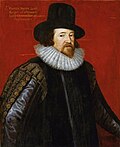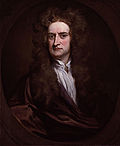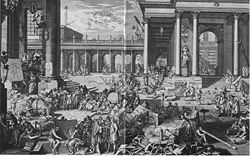Scientific revolution

The scientific revolution was a time (1550–1700) after the Middle Ages and the Renaissance when many discoveries were made. During this time, new ideas and discoveries fundamentally changed the way people thought. They started what is called science today. Better printing presses after Gutenberg's time caused a great rise in publishing. This period roughly lasted from the 16th to the 18th century.
Galileo Galilei invented kinematics and disproved Aristotle's old theory of gravity. One of his students said he dropped two balls of iron (one weighing one pound, the other a hundred) off the leaning tower of Pisa. The objects fell at the same speed which brought about new methods of thinking. In 1542, Nicolaus Copernicus published his work On the Revolutions of the Heavenly Spheres, in which he said that not the Earth, but the Sun was at the center of the universe. This theory is known as Heliocentrism today. In the same year, Andreas Vesalius published his work On the Structure of the Human Body. This book is about the anatomy of the human body.
The philosopher Alexandre Koyré (1892–1964) first used the term 'scientific revolution' for this time period.
Scientific Revolution Media
Portrait of Galileo Galilei by Leoni
Astronomia Nova by Johannes Kepler (1609)
Francis Bacon was a pivotal figure in establishing the scientific method of investigation. Portrait by Frans Pourbus the Younger (1617).
Diagram from William Gilbert's De Magnete, a pioneering 1600 work of experimental science
Isaac Newton in a 1702 portrait by Godfrey Kneller
The Royal Society had its origins in Gresham College in the City of London, and was the first scientific society in the world.
The French Academy of Sciences was established in 1666.
Portrait of Johannes Kepler, one of the founders and fathers of modern astronomy, the scientific method, natural and modern science
Isaac Newton's Principia developed the first set of unified scientific laws.
Related page
+{{{1}}}−{{{2}}}








